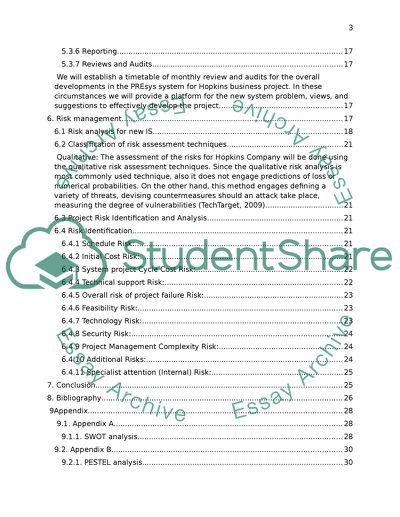Cite this document
(“Project risk Essay Example | Topics and Well Written Essays - 3250 words”, n.d.)
Project risk Essay Example | Topics and Well Written Essays - 3250 words. Retrieved from https://studentshare.org/miscellaneous/1562911-project-risk
Project risk Essay Example | Topics and Well Written Essays - 3250 words. Retrieved from https://studentshare.org/miscellaneous/1562911-project-risk
(Project Risk Essay Example | Topics and Well Written Essays - 3250 Words)
Project Risk Essay Example | Topics and Well Written Essays - 3250 Words. https://studentshare.org/miscellaneous/1562911-project-risk.
Project Risk Essay Example | Topics and Well Written Essays - 3250 Words. https://studentshare.org/miscellaneous/1562911-project-risk.
“Project Risk Essay Example | Topics and Well Written Essays - 3250 Words”, n.d. https://studentshare.org/miscellaneous/1562911-project-risk.


